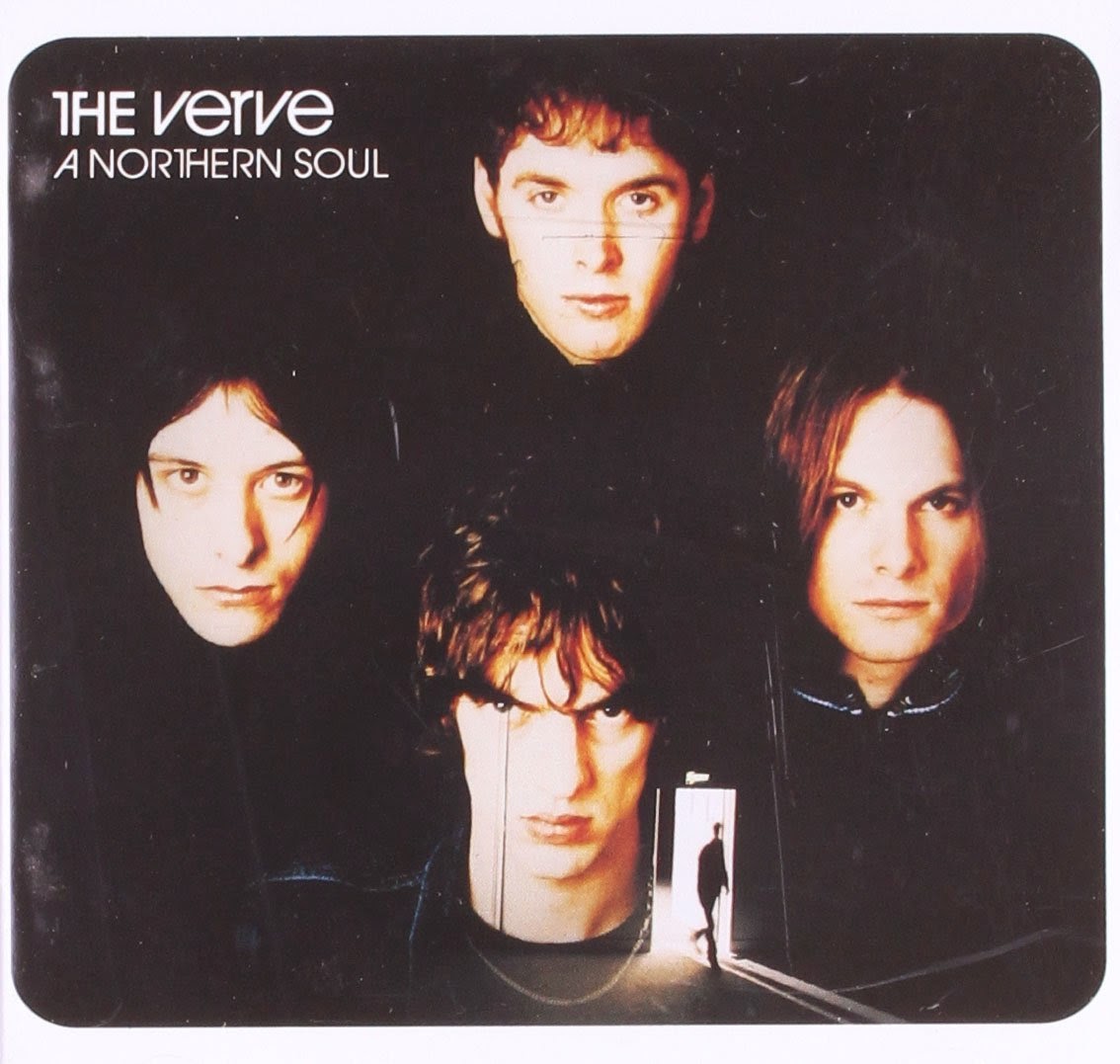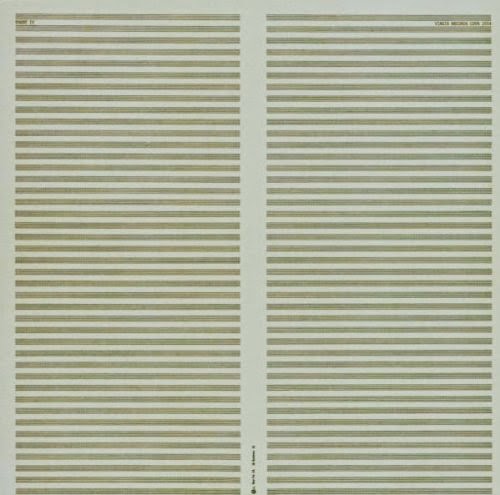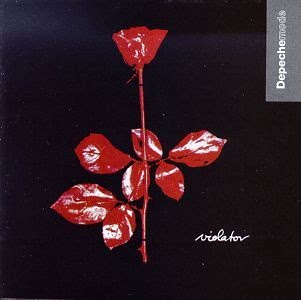
Back in the early '90s, there was a TV show called The Mary Whitehouse Experience. Kind of a precursor to The Mighty Boosh, inasmuch as it was comedy informed by/made for people who liked indie music. One of the sketches would involve co-star Rob Newman parodying The Cure's Robert Smith, singing a stupidly happy song (Tie Me Kangaroo Down, Sport') in a mope-pop, super-gloomy goth style. It was, almost always, very funny. Robert Smith certainly thought so -he appeared in one episode, playing himself. Nowadays, of course. The Cure are considered extremely cool (Razorlight, Interpol, Mogwai, Marilyn Manson, The Rapture, The Neptunes - the list of patrons is as diverse as it is endless), but back then, right through the “oi-oi!”-isms of Britpop and up until very recently, it was a different story. Despite the fact they were releasing super-happy pop singles like '92’s 'Friday I’m In Love’ or '96’s 'Mint Car’, the perception of Robert Smith and his band of outwardly unmerry men was exactly that of the show: a band who were epitomised by their ultra-gloomy, doom-ridden opuses: 1981’s ‘Faith’, 1982’s ’Pornography’ and 1989’s ‘Disintegration’.
Overlooked for a long time was the fact that, in between these (albeit brilliant) albums, The Cure made some of the finest pop -that’s proper pop - music of the decade -including ‘The Head On The Door’. The first line may run, “Yesterday I got so old I felt like I could die", but opener ‘In Between Days’ is anything but depressing. Rather, like much of this album, it - metaphorically speaking -spins carefree across the dancefloor, arms aloft: the very definition of effervescence. Songs such as ‘Kyoto Song’ and ‘Push’ may contain enough darkness to feel like the work of borderline goths, but the over-riding sense throughout is one of playfulness. Here The Cure take their new-wave sensibilities and filter them through the pop production values of the day (pounding synthetic drums, tacky keyboard sounds, lots of echo), but are also unafraid to draw influence from the most unlikely of places. Listen to the off-kilter, airy flute melodies that decorate ‘Six Different Ways’; listen to the way 'Screw"s fuzz-bass blends seamlessly with its disco backbeat; listen to the Spanish guitar flourishes of ‘Blood’ and... well, see where you reckon The Neptunes ‘discovered’ the idea for Justin Timberlake’s ‘Like I Love You’ from.
And yet, what makes ‘The Head On The Door’ such a remarkable record is that, for all its adventure and unashamed pop sensibility, it still sounds undeniably like The Cure - The Cure of those super-gloomy albums with which they are most associated. From the moments where the production veers close to being dated (the closing ‘Sinking’), to the likes of the incredible ‘Close To Me’, Robert Smith takes whatever the hell style of music he likes and, without even sounding like he’s trying, makes it his own. The Cure may have made more poppy, darker, gloomier and more experimental records, both before and since, but 'The Head On The Door' was the point at which all these traits met.
Track Listings:
01. In Between Days
02. Kyoto Song
03. The Blood
04. Six Different Ways
05. Push
06. The Baby Screams
07. Close To Me
08. A Night Like This
09. Screw
10. Sinking

.jpg)











